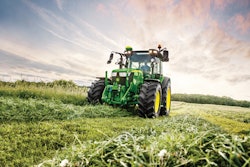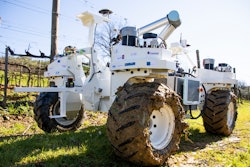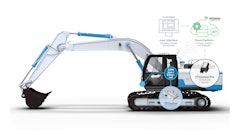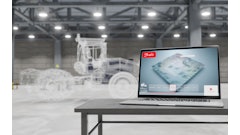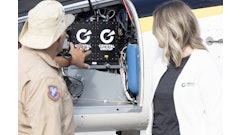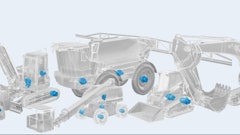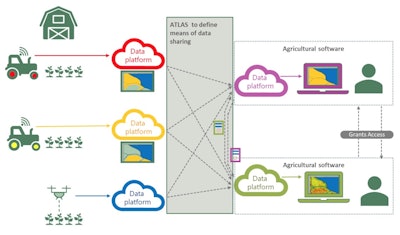
Smart agricultural machines, sensors and data processing services have assisted farmers by providing an abundance of information that help optimize the farming practices. However, to date, the interoperability of these systems is limited and, so is their flexibility to adapt to the specific needs of individual farmers. With ATLAS, AEF (Agricultural Industry Electronics Foundation) aims to realize cross-system data sharing. This will allow farmers to get all available information and services for their machine operations.
One of the first tasks of the AEF ATLAS team was to develop use cases to make field operations more insight-driven, and potentially more productive and efficient. The following four use cases were defined:
- Machine Tracking: This use case aims to realize the interoperability between machines of different vendors and Farm Management Information Systems (FMIS). In this way, the user can determine the routes the machine can use, determine crop performance and collect up-to-date maintenance records of the machine.
- Online Task Management: This use case aims to reduce time and effort for managing fieldwork by enabling task orders to be planned in the FMIS and exchanged with the machines (of different vendors). Results are also transferred back to the FMIS allowing for real-time documentation of results.
- Infield Sensor Connection: This use case aims to help farmers make informed decisions by providing them overviews of field information. Enabling real-time analysis of data from different in-field sensors and service providers, e.g. weather data, topography of fields, soil condition, is instrumental in precision agriculture.
- Field Data Management: This use case involves the interoperability of different machines and in-field sensors resulting in providing real-time information on running processes. GIS-related and yield data coming from different systems are examples of so-far fragmented data that will be, in the future, streamlined with utmost accuracy into the FMIS of individual users.




